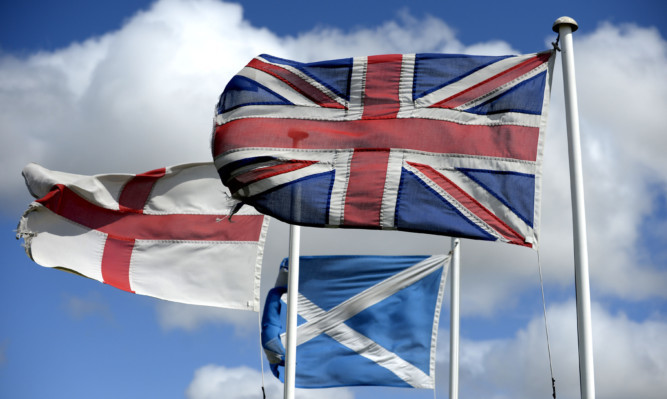The Government’s English Votes for English Laws (EVEL) system is too complex and likely to be scrapped in the future, MPs have warned.
The Public Administration Select Committee said the “hostility” with which the arrangements were viewed by parties other than the Tories suggested they could end up as a “short term experiment”.
The EVEL rules also appear incompatible with the Barnett formula for distributing funds to Scotland, Wales and Northern Ireland, according to the cross-party group.
The committee’s report stressed that there was “strong English demand” for measures to address the “constitutional anomalies” that devolution had brought.
But it insisted the Government’s response was “ad hoc” and urged a “comprehensive strategy” on forging a new settlement.
“The new standing orders do require further consideration and evaluation if they are to be anything more than a short-term experiment in the House’s internal procedure,” the MPs said.
“That former clerks of the House of Commons, individuals steeped in decades of learning about Parliamentary procedure, should have difficulty in discerning what these standing orders mean should raise serious further doubts about how sustainable they are.”
The committee said it was “regrettable” that the rules had been “drafted like legislation, by Government Parliamentary draftsmen” instead of written by Clerks. Revisions should be made “by the House, for the House” to make the orders more “coherent and transparent”.
The test for whether legislation was England-only was not “very simple” and risked “putting the Speaker in an unnecessarily controversial position”, it added.
There were real concerns that decisions taken under EVEL would have funding implications for other parts of the UK.
“It is difficult to reconcile the implementation of EVEL and the continued retention of the Barnett Formula,” the report said.
The committee added: “The stridency of the opposition to the new standing orders from the opposition benches underlines their vulnerability.
“With only the Conservative Party in favour of the new arrangements, these standing orders face a high risk of being overridden as soon as there is a non-Conservative majority in the House of Commons …
“That the standing orders have attracted such hostility and can be removed on the basis of a simple majority must raise doubts as to whether they can ever be more than a temporary expedient, and currently they cannot be considered to be part of a stable constitutional settlement that will endure.”
Committee chairman Bernard Jenkin said: “The proposed solutions to the problem of English Votes for English Laws have little cross-party support.
“The new standing orders should have been drafted by the highly-experienced clerks of the House of Commons rather than by Government officials.
“The Government should use the 12-month review period we are in now to develop some more comprehensible proposals that all parties can get behind.”
